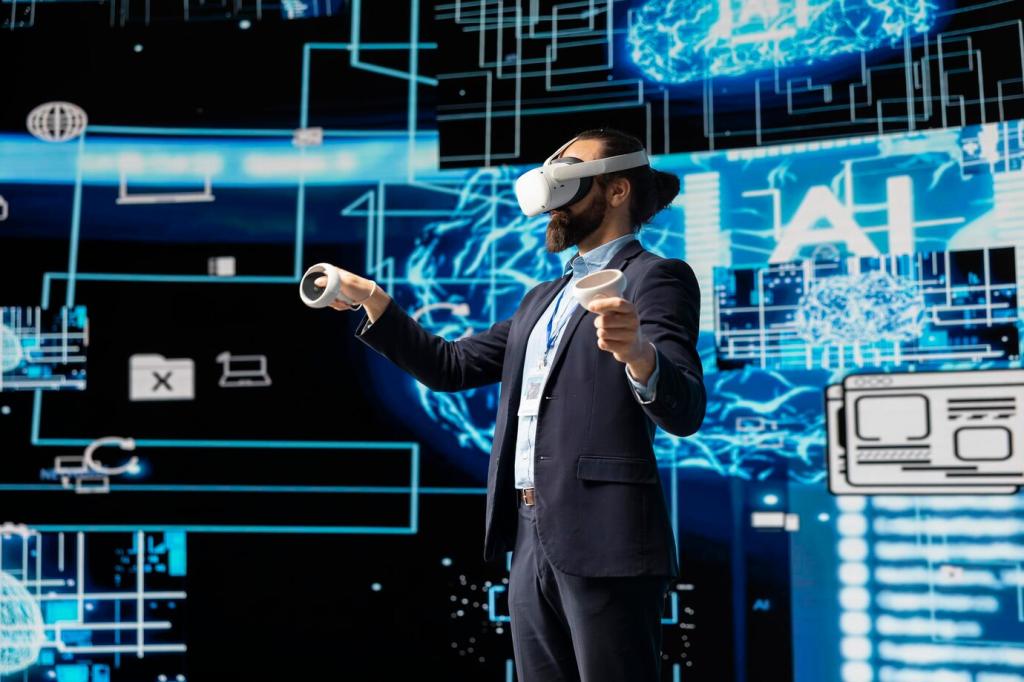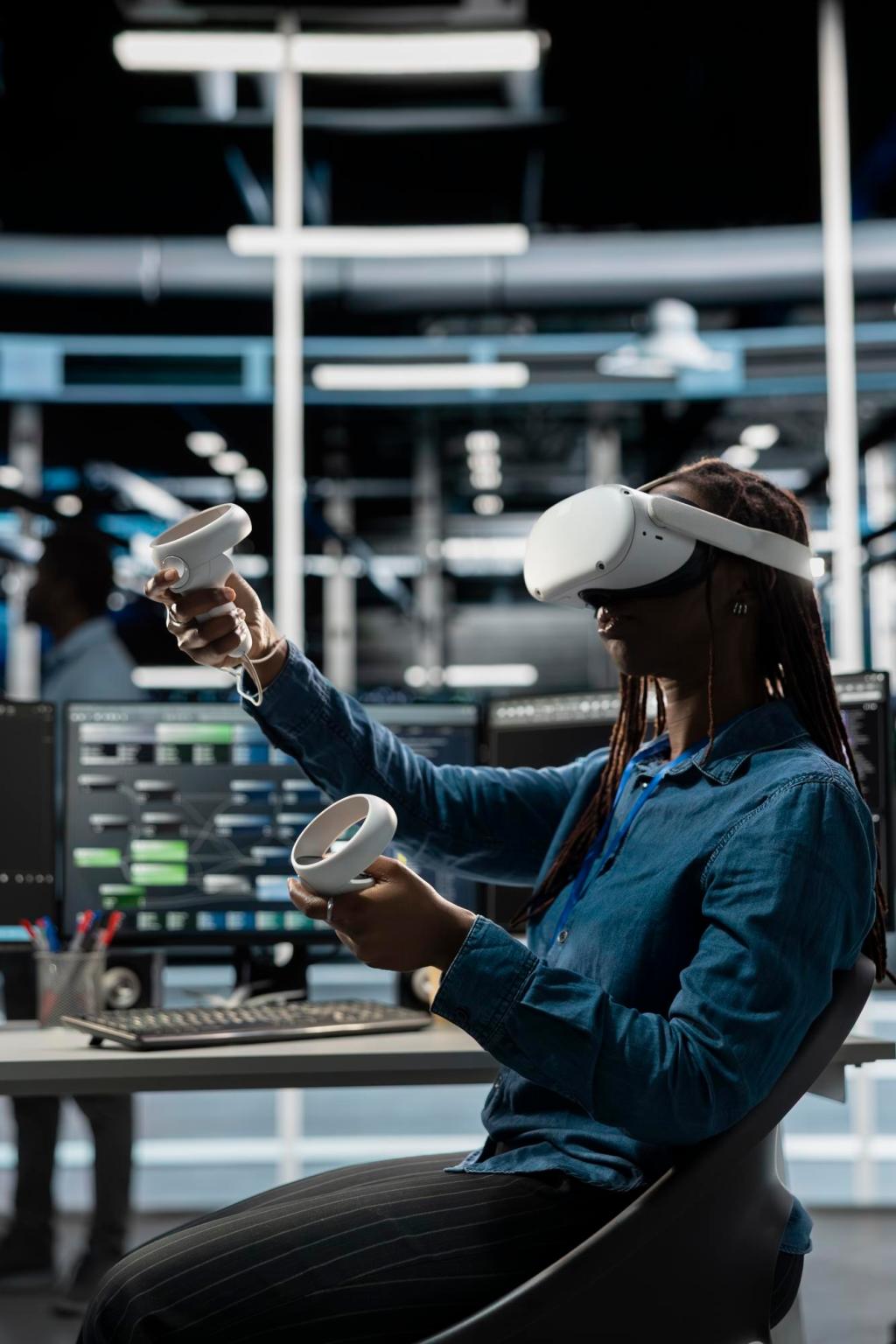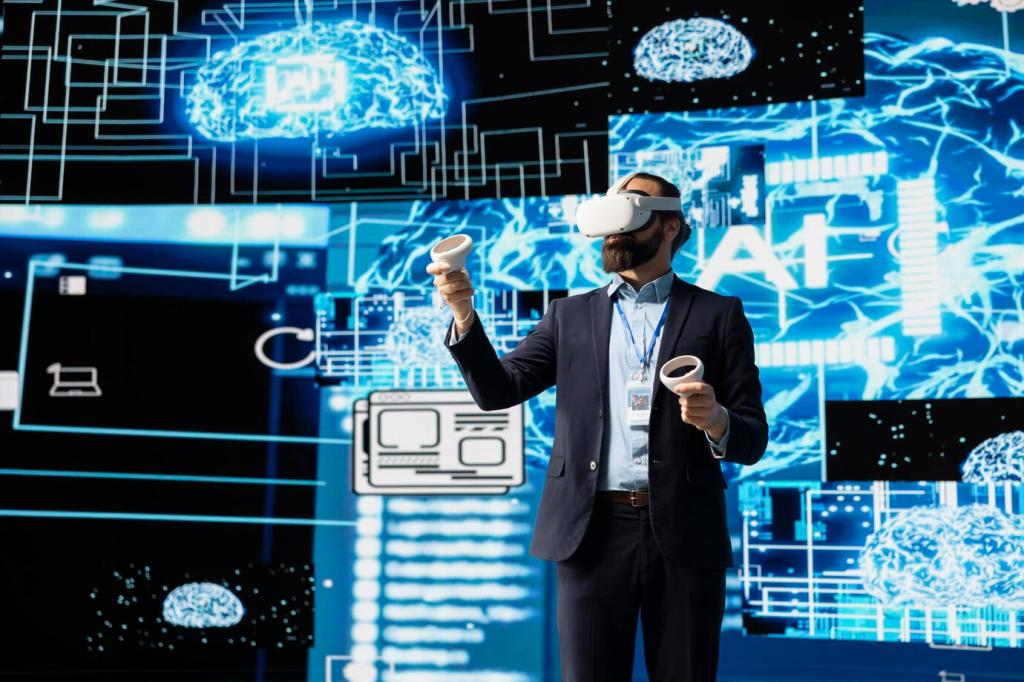Technological Advancements Transforming Classroom Learning
In the modern era, technology has become a transformative force in classrooms around the world, reshaping the way educators teach and students learn. The integration of advanced tools and innovative platforms has given rise to a more interactive, engaging, and personalized learning environment. This has facilitated not only greater access to information but also new methods of collaboration, assessment, and student support. The following sections delve into eight key areas where technology is dramatically changing the landscape of classroom education.
Previous slide
Next slide

Expanding Access to Educational Content
Online platforms provide students with an immense range of educational materials, far beyond what is available in standard textbooks. This includes modules, tutorials, practice exercises, and interactive simulations, which cater to multiple subjects and learning objectives. The accessibility of content anytime and anywhere supports students in revisiting material at their own pace, reinforcing understanding and enabling better preparation for exams or class discussions.

Streamlining Assignment Submission and Feedback
These platforms simplify the process of submitting and grading assignments, making it more efficient and transparent. Teachers can upload tasks, provide instructions, and set deadlines with ease, while students submit their work digitally. Feedback is delivered swiftly through the same channel, offering timely and constructive responses that help students identify their strengths and areas for improvement. This loop of prompt feedback is essential for continuous academic growth.

Fostering Self-Directed Learning
Online platforms promote self-directed learning by encouraging students to take charge of their educational journey. Learners can track their own progress, revisit difficult topics, and use supplementary resources to fill knowledge gaps. Automated reminders and progress dashboards keep them informed of upcoming tasks and achievements, reinforcing responsibility and reinforcing intrinsic motivation to learn outside of structured classroom hours.

Personalizing Learning Experiences
AI-powered systems are capable of analyzing a student’s performance data and customizing learning pathways to match their strengths and weaknesses. Adaptive learning platforms adjust the difficulty level or sequence of tasks based on individual needs, ensuring each learner is both challenged and supported at an appropriate level. This level of personalization maximizes engagement and fosters significant improvements in achievement and retention rates.

Automating Routine Tasks for Educators
The implementation of AI streamlines routine classroom tasks, freeing up valuable time for teachers to focus on meaningful instruction and student interactions. AI can automate grading, provide instant feedback on quizzes, and even monitor student attendance and participation patterns. These efficiencies reduce teachers’ administrative burden, allowing them to devote more attention to developmental activities and address students’ unique needs.
Virtual Reality and Augmented Reality
Immersive Learning Environments
VR enables students to step into three-dimensional simulations, such as exploring the solar system, traversing the human body, or walking through historical landmarks. This immersive approach makes complex concepts more relatable and memorable. Engaging multiple senses accelerates the learning process and anchors knowledge through firsthand experience, which is particularly impactful in subjects like science, geography, and history.
Enhancing Student Engagement
AR overlays digital information onto the physical world, enriching real-life scenarios with additional layers of data or interactive components. By scanning textbooks or classroom materials with a mobile device, students access video enhancements, interactive quizzes, or 3D models. This blend of physical and digital learning not only sustains attention but also encourages exploration, experimentation, and a sense of wonder in everyday lessons.
Facilitating Collaborative Projects
VR and AR technologies support collaborative learning by enabling students to work together in shared virtual spaces or augmented environments. Learners can undertake joint projects, solve problems, or conduct experiments as teams, regardless of their physical location. These experiences develop communication and teamwork skills while exposing students to diverse perspectives, ultimately fostering a deeper collective understanding of the subject matter.
Gamification and Educational Apps
Motivating Through Rewards and Challenges
By integrating principles of game design, such as points, badges, and leaderboards, educational apps motivate students to achieve goals and persist through challenges. This positive reinforcement builds a sense of accomplishment and camaraderie, as learners strive not only to master subject material but also to reach new game-related milestones. This approach strengthens resilience, perseverance, and a growth mindset in educational pursuits.
Enhancing Critical Thinking Skills
Gamified educational platforms often require students to solve puzzles, complete quests, or make strategic decisions. Through these challenges, learners develop their analytical and problem-solving abilities in a low-pressure setting that encourages experimentation. Educational games provide opportunities for rapid feedback and iteration, allowing students to continuously refine their ideas and approaches until they arrive at effective solutions.
Supporting Inclusive Learning
Educational apps are designed to cater to a wide range of learning styles, abilities, and preferences. Many offer adjustable difficulty levels or personalized feedback, ensuring every student finds the right balance of challenge and support. Gamification also creates a sense of belonging, as students of varying abilities participate and contribute in meaningful ways, reinforcing the notion that learning is both accessible and enjoyable for all.
Cloud Technology and Collaboration Tools
Cloud platforms enable multiple students to edit, comment on, and contribute to the same document or project simultaneously. This real-time interaction encourages teamwork, idea sharing, and collective problem-solving. Students learn not just from their teacher, but from one another, building communication skills and a sense of shared responsibility for the outcome of their work.

Monitoring Student Progress
Digital platforms track student activity, quiz scores, and assignment completion rates, generating detailed records of academic performance. These analytics help teachers quickly identify students who may be struggling or excelling, allowing for targeted interventions or extension activities. Short- and long-term trends can reveal patterns in learning, supporting data-informed teaching that responds to actual student needs.
Informing Instructional Strategies
Analyzing classroom data helps educators adjust their teaching methods for maximum effectiveness. By reviewing which topics are retained or misunderstood, teachers can reallocate time, modify materials, or introduce alternative explanations. Responsive instruction based on real-time analytics ensures that classroom time is used efficiently and learning objectives are more consistently met.
